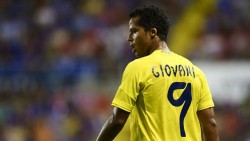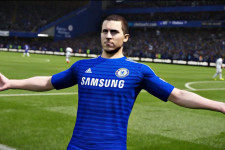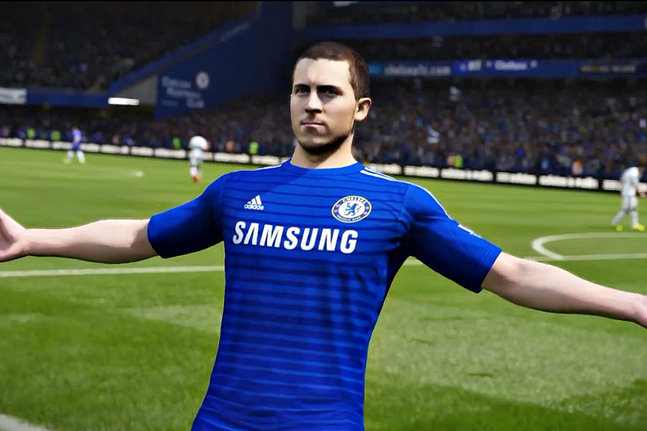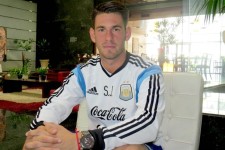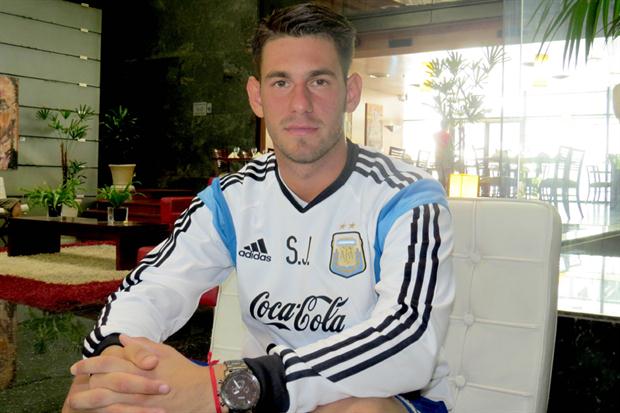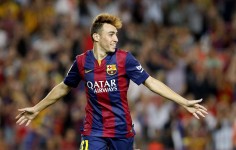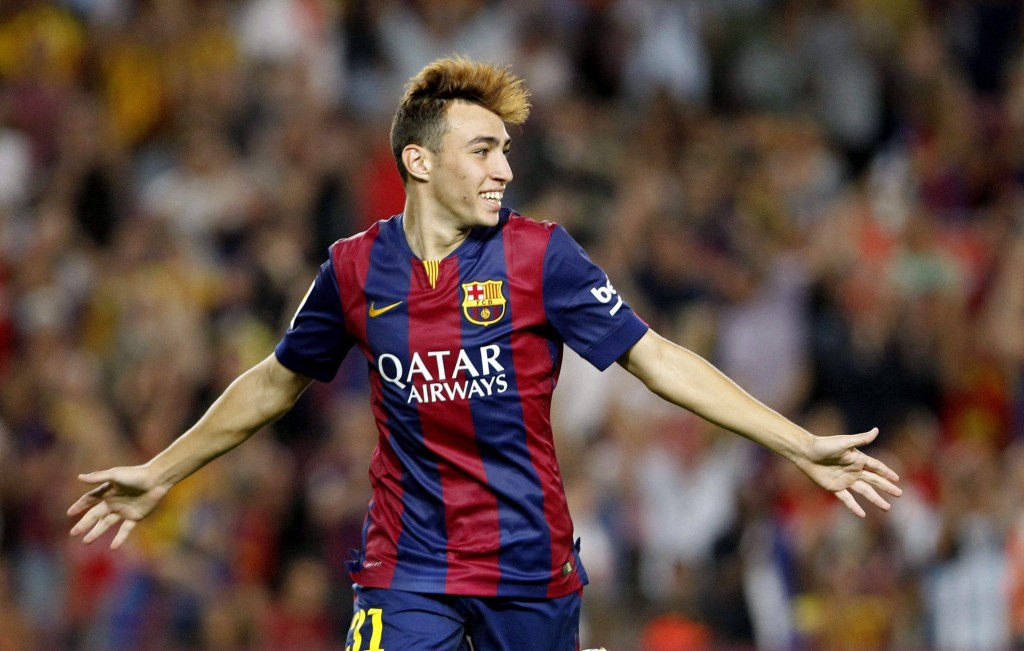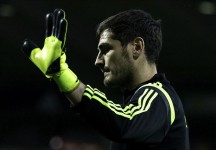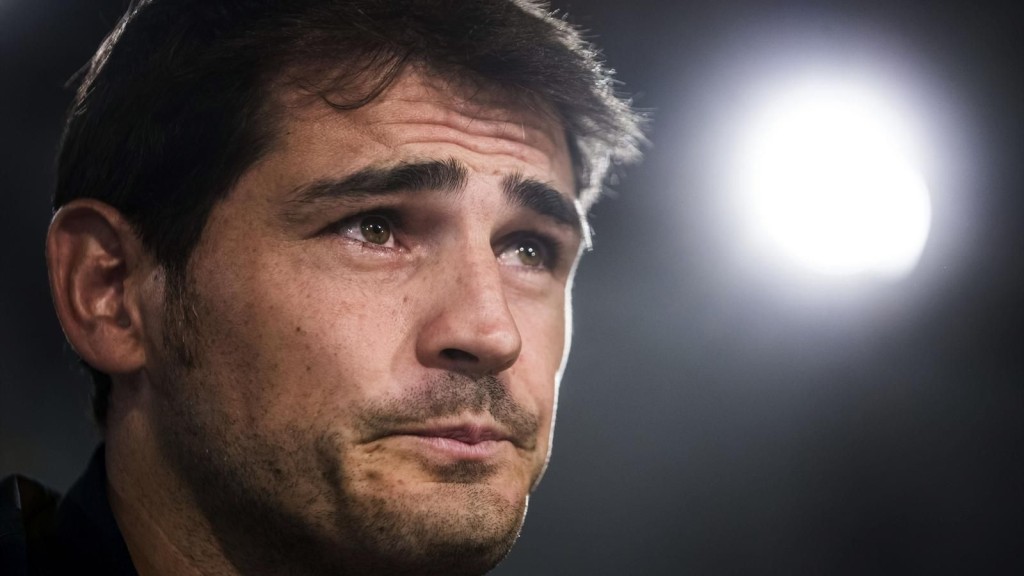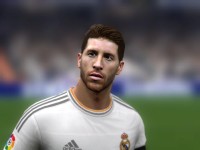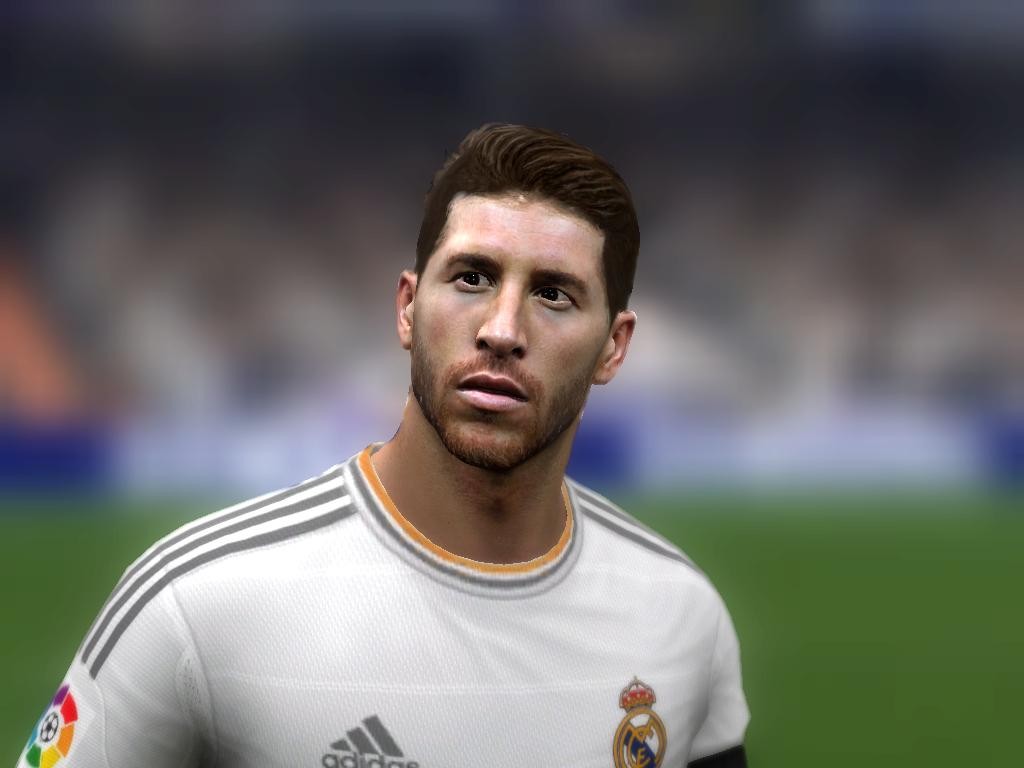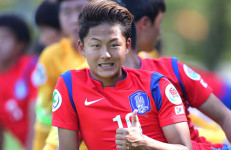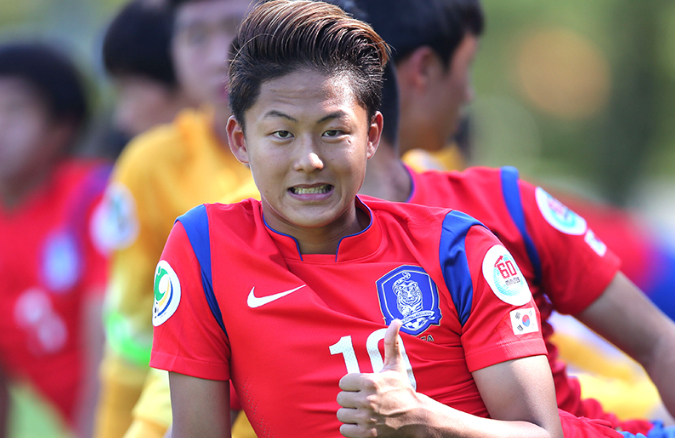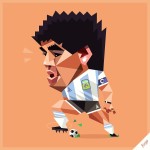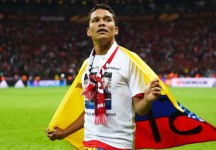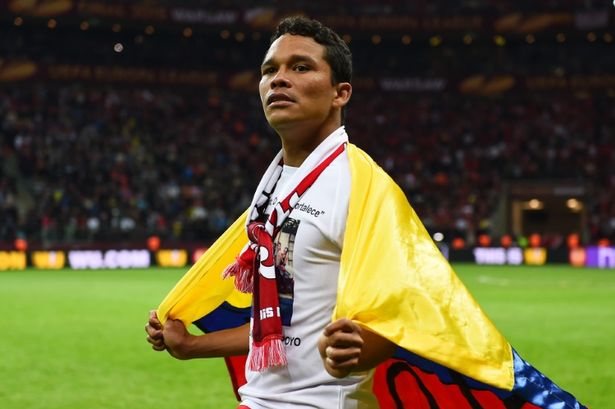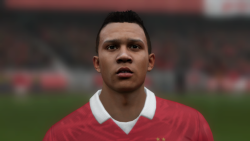
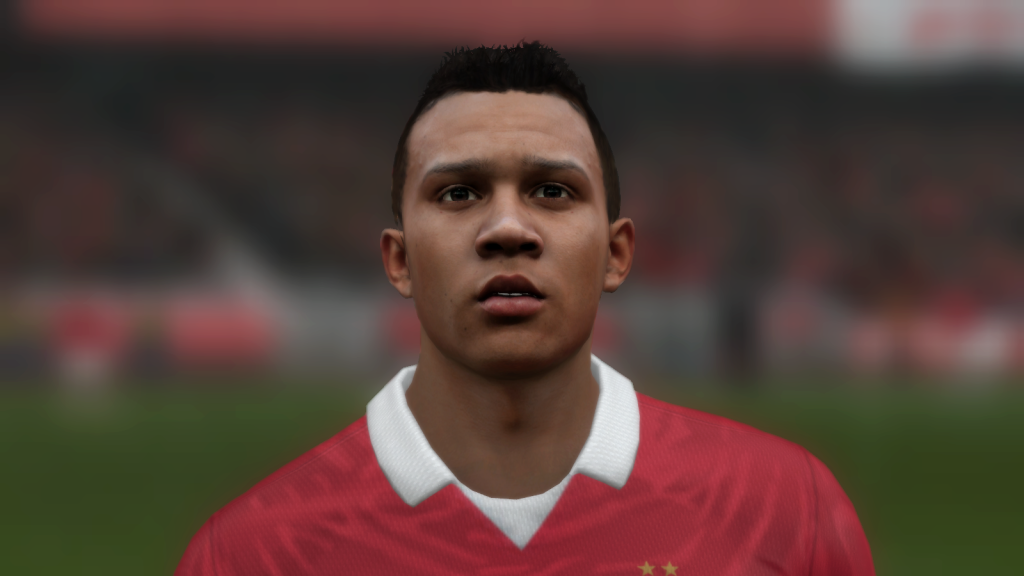
FIFA gets better every year. This time around EA has made some major changes in the career mode, which has received many positive responses. Tons of players who quit Career mode in FIFA 15 should look forward to playing Career mode more often and with enthusiasm in FIFA 16.
We have a list of the best young players in FIFA 16, which you can use to build a strong squad or make a huge profit in the transfer market.
Luciano Vietto – ST - 21 Years Old
Overall Rating: 79
Potential Rating: 88
Best attribute: Pace of 89
The 21 year old has been called and labelled the next Aguero. He already had a rating of 78 in FIFA 15, which has increased to 80 in the latest edition.
Breel Embolo – ST – 18 Years Old
Overall Rating: 76
Potential Rating: 87
Best attribute: 90 in Sprint
Embolo is the one player every scout in FIFA 15 career mode want you to sign. This insane talent has improved a lot this season, which has enhanced his FIFA 16 overall rating to 76 from 74.
Nabil Fekir – CAM – 21 Years Old
Overall Rating: 80
Potential Rating: 88
Best attribute: 89 in Balance
Nabil Fekir has improved a lot this season scoring about fifteen goals and assisting ten more in reality with his club, Lyon. His FIFA stats has boosted to potential of 88.
Memphis Depay – LW – 21 Years Old
Overall Rating: 80
Potential Rating: 87
Best attribute: 90 in Sprint Speed
Memphis Depay is definitey going to be one of the most used players in FIFA 16 as he has successfully moved to Manchester United. The mini-Ronaldo will have a potential to improve to up to 87 in FIFA 16.
Raheem Sterling – CAM - 20 Years Old
Overall Rating: 82
Potential Rating: 88
Best attribute: 92 Sprint Speed
Manchester City’s big-money signing. His move will definitely affect FIFA 16 Ultimate Team as there are very few Man City-supporting gamers playing FIFA 16. As far as his potential stats are concerned, they remain the same as FIFA 15.
Youri Tielemans – CM - 18 Years Old
Overall Rating: 75
Potential Rating: 89
Best attribute: 77 in Passing and Balance
There are many top players in the centre-midfielder category, but Tielemans is definitely one to mention as he has a potential of an 89 rating in FIFA 16.
Luke Shaw – LB – 19 years old
Overall Rating: 76
Potential Rating: 86
Best attribute: 84 in Pace
There are not a lot of highly rated left backs in FIFA 16 and with Shaw having a potential of 86, he will be the most traded left back in the game.
Hector Bellerin – RB – 20 Years Old
Overall Rating: 70
Potential Rating: 86
Best attribute: 89 in Acceleration
The Arsenal speed merchant is going to be the right back with the highest potential in the game. His overall can increase from 70 to 86.
Marquinhos – CB – 21 Years Old
Overall Rating: 81
Potential Rating: 89
Best attribute: 92 in Marking
FIFA 16 has the same player what FIFA 15 had as the U21 player with the biggest potential. Marquinhos was the most traded player in FIFA 16 Career mode and he is going to make a great impact in transfer market like he did in FIFA 15.
Simone Scuffet – GK – 21 Years Old
Overall Rating: 71
Potential Rating: 86
Best attribute: 80 in Reflexes
There are not a lot of good under-21 goalkeepers in FIFA 16, but Scuffet makes it just in time to book his place in the list of the Best Under-21 players in FIFA 16.
Written by Charchit Dahal
Follow Charchit on Twitter @CharchitDahal
Like O-Posts on Facebook
You can also follow O-Posts on Twitter @OPosts





